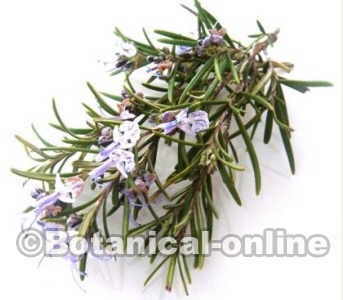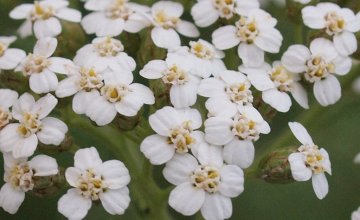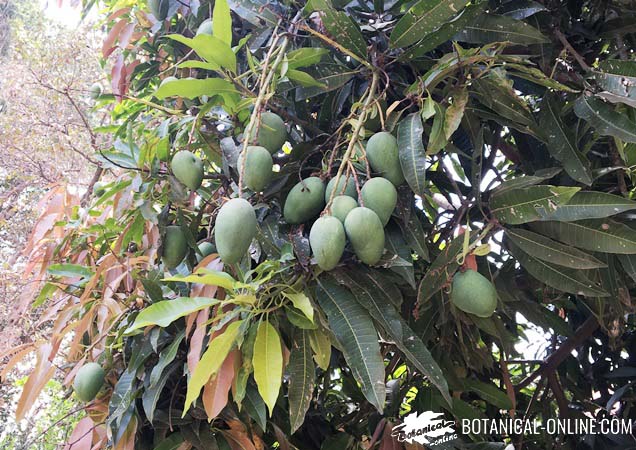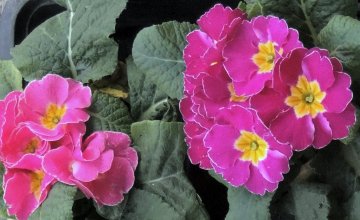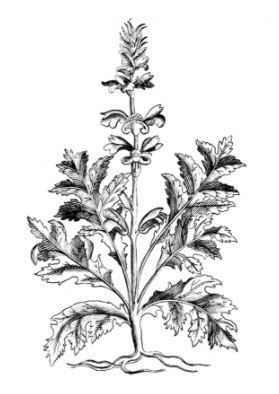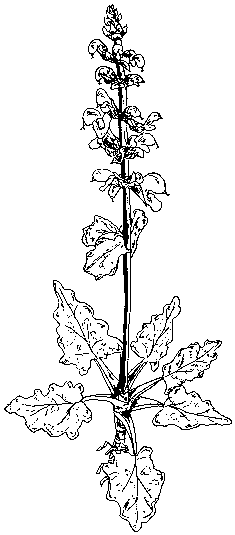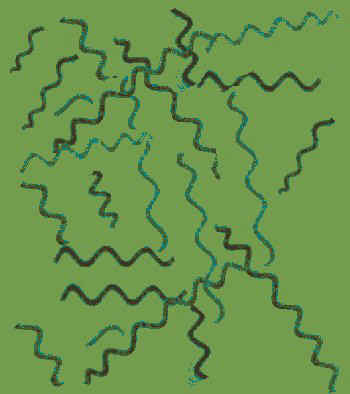Contents
- 1 What is a white nettle?
- 1.1 Characteristics of white nettle (Lamium album)
- 1.2 Etymology of the plant
- 1.3 Habitat. Where to find white nettles?
- 1.4 Is white nettle really a type of nettle?
- 1.5 What are the differences between white or dead nettle, and nettles?
- 1.6 Description of dead nettle
- 1.7 Other similarities and confusions of white nettle with other plants
- 1.8 White nettle gathering
- 1.9 What parts of white nettle are consumed?
- 1.10 Composition of white nettle
What is a white nettle?
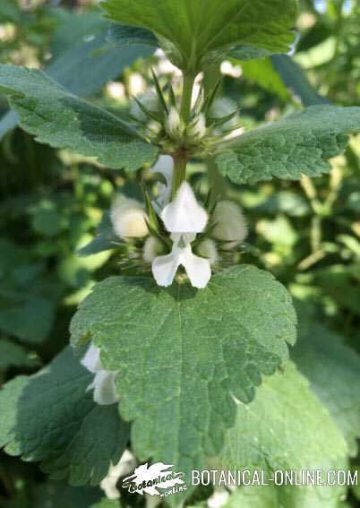
Characteristics of white nettle (Lamium album)
– Common English Name: White nettle, dead nettle, white dead nettle
– Scientific name: Lamium album L.
– Family: Labiatae or Lamiaceae
Etymology of the plant
White nettle is known in its scientific name as Lamium album, which derives from the Latin Lamia-ae (fabulous monster, mixture of woman and dragon) and album = white.
Observing other flowers of the Lamium genus, we can see a constant in all of them, more or less accentuated according to the variety: it is the configuration and arrangement of the flowers, with their colors and small spots in the corol·la, sometimes hairy; with the two lobes forming different concavities and undulations, and those color spots strategically located to look like masks to frighten or perhaps catch insects.
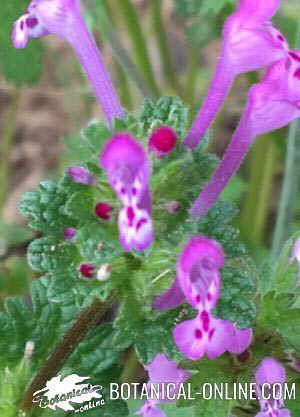
These faces, whose design and appearance can only be seen in detail with an increase, may have generated the idea of ”monster face” or Lamium, with which the whole genre is called.
A plant of the genus Lamium, a good example of this, for its monstrous mask, is the flower of the henbit dead nettle or common henbit, (Lamium amplexicaule), in the attached photo, where, with a good imagination, you can appreciate a certain physiognomy, a somewhat strange mask.
Habitat. Where to find white nettles?
Plant native to Europe. It grows in uncultivated places, vacant lots, roadsides, etc., that is, in the same habitats where we usually find common nettles.
Is white nettle really a type of nettle?
White nettle is a plant that, by its name, is quickly associated with common nettle (Urtica dioica ) and it may be that whoever is not familiar with botany, attributes its same characteristics as a stinging plant. Nothing is further from reality.
White nettle or dead nettle, belonging to the genus Lamium, which has a score of species, is a plant with soft foliage and white flowers, with the characteristics of the Lamiaceae, as its bilabiate flowers prove it. Therefore, white nettle is not an urticaceous, nor a type of nettle, and it does not sting.
What are the differences between white or dead nettle, and nettles?
The only similarity between nettles and white nettle is that white nettle also grows forming extensive colonies and that this plant habitually shares habitat with nettles. Both plants like wet and sunny areas. Another common characteristic in the two, is the similarity in the shape of the leaves.
Description of dead nettle
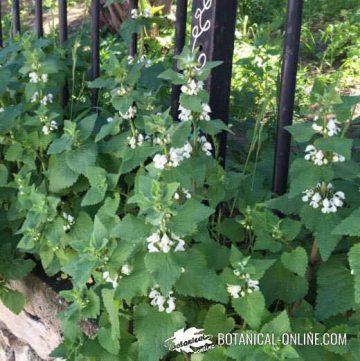
White nettle is a herbaceous plant, annual, with an erect and ascending stem, a little hairy. Its leaves are petiolate, serrated and similar to nettles, but a more vivid and intense green.
The flowers are white, with the bilabiate corolla. They appear all arranged around the upper part of the apex, with their bracts stuck to the central trunk, in several whorls. The flowering type is one more element of differentiation with respect to the nettle.
Other similarities and confusions of white nettle with other plants
Lamium flexuosum is another very similar species with flowers also white and almost identical, but with differences in the appearance of the flowers, which are barely distinguishable by the naked eye.
It lives in the same habitats than Lamium album and differs from it by the characteristics in the teeth of its calyx, which in the Lamium album are hairy and in Lamium flexuosum are not so. Both plants have the same common noun in some languages, such as in Spanish, where both called “ortiga muerta” (dead nettle) .
White nettle gathering
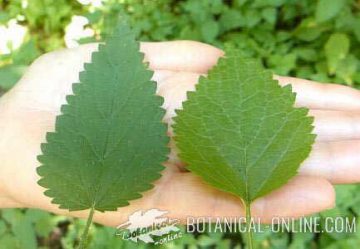
What parts of white nettle are consumed?
The edible part is its tender leaves, that is, the upper leaves of the plant must be collected.
It blooms in spring and the flowering continues during the summer. The leaves and flowers are harvested in spring and summer and dried for later use in infusions. Font i Quer emphasizes that flowers should be collected shortly after opening as otherwise they lose their faculties. Harvest will be done mid-morning, when the dew has vanished.
Composition of white nettle
White nettle has a nutritional composition similar to that of other wild leafy vegetables such as garden orache (Atriplex hortensis), bladder champion ( Silene vulgaris) , borage (Borago officinalis) or dandelion (Taraxacum officinale)
Like all fresh wild vegetables, it consists mainly of water, has a low amount of carbohydrates, is very rich in fiber, has a certain amount of protein, and has practically no fat (less than 1%).
What stands out most of this plant is its content in vitamin C, chlorophyll, carotenes and other phytochemical compounds with potentially medicinal properties (5-10% tannins, essential oils, flavonoids).
![]() More information on white nettle and common nettle
More information on white nettle and common nettle

